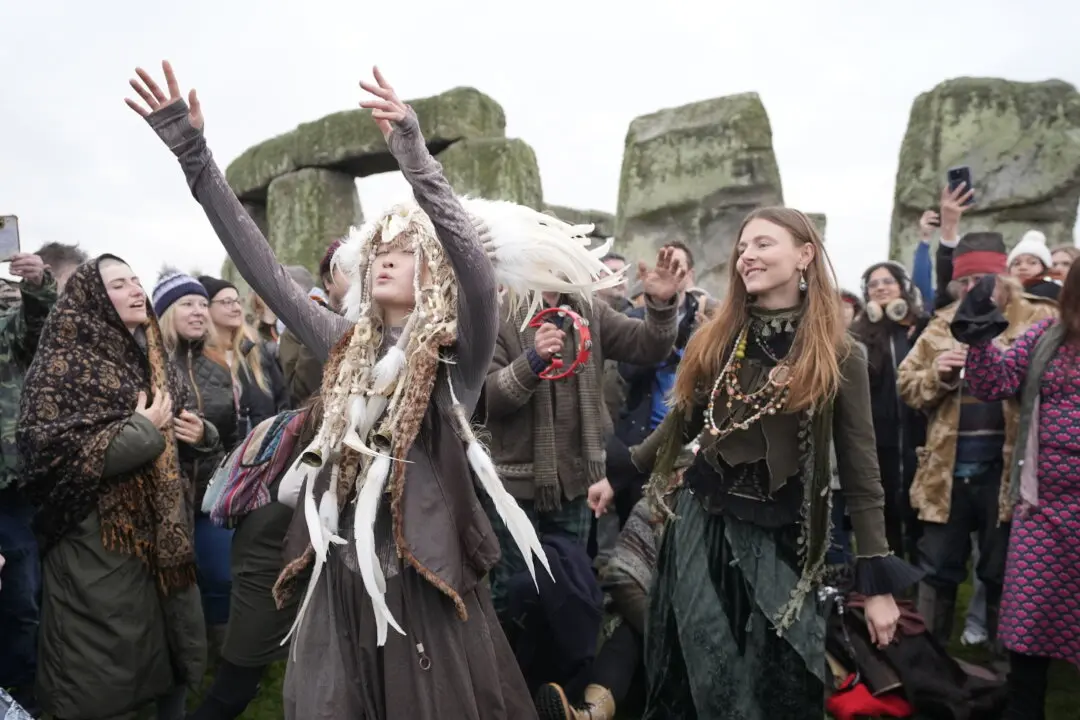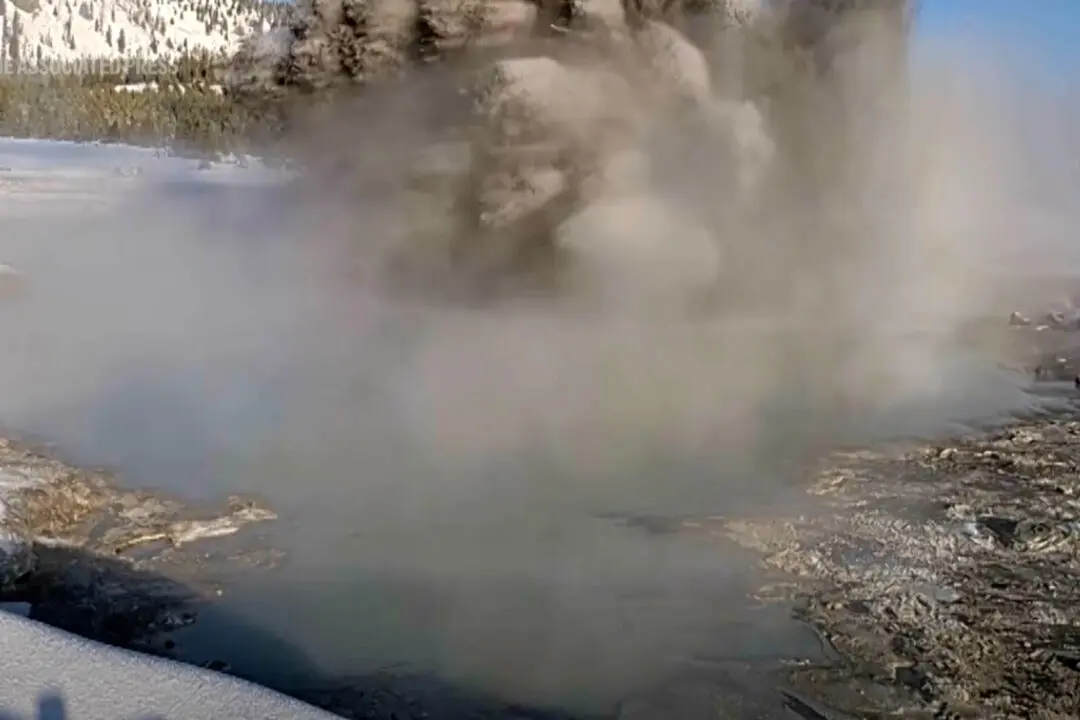HELENA Mont.—A grizzly bear attacked and killed a bicyclist who was camping in a small western Montana town early Tuesday, triggering an intensive search for the bruin by wildlife officials and law enforcement officers who planned to kill the animal, authorities said.
The pre-dawn attack happened in Ovando, a town of fewer than 100 people about 60 miles northwest of Helena, said Greg Lemon, a spokesperson with Montana Fish Wildlife and Parks.





